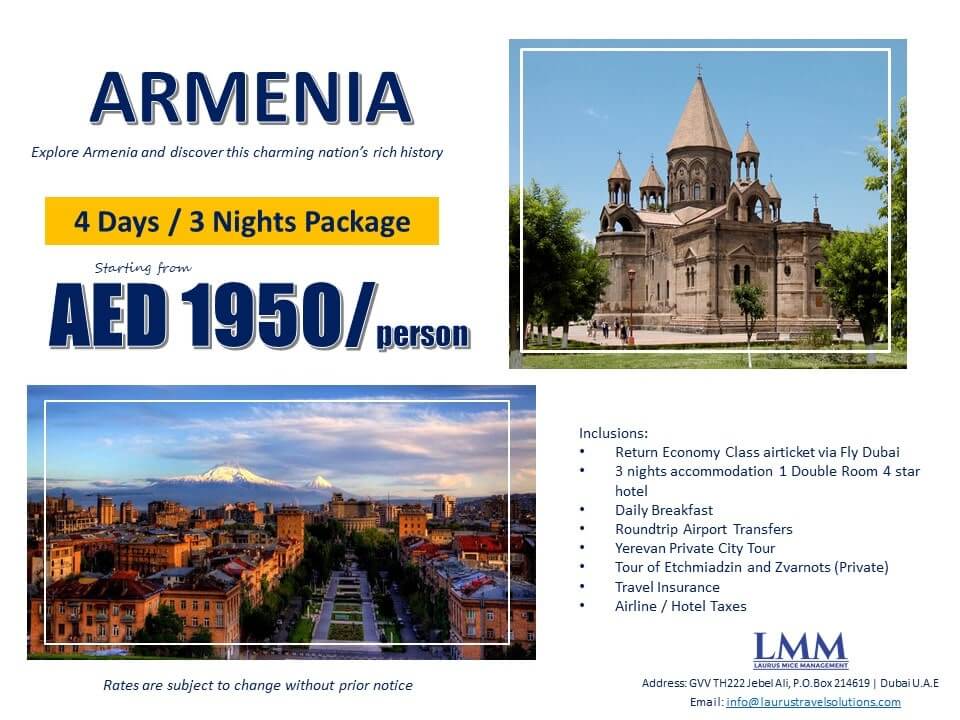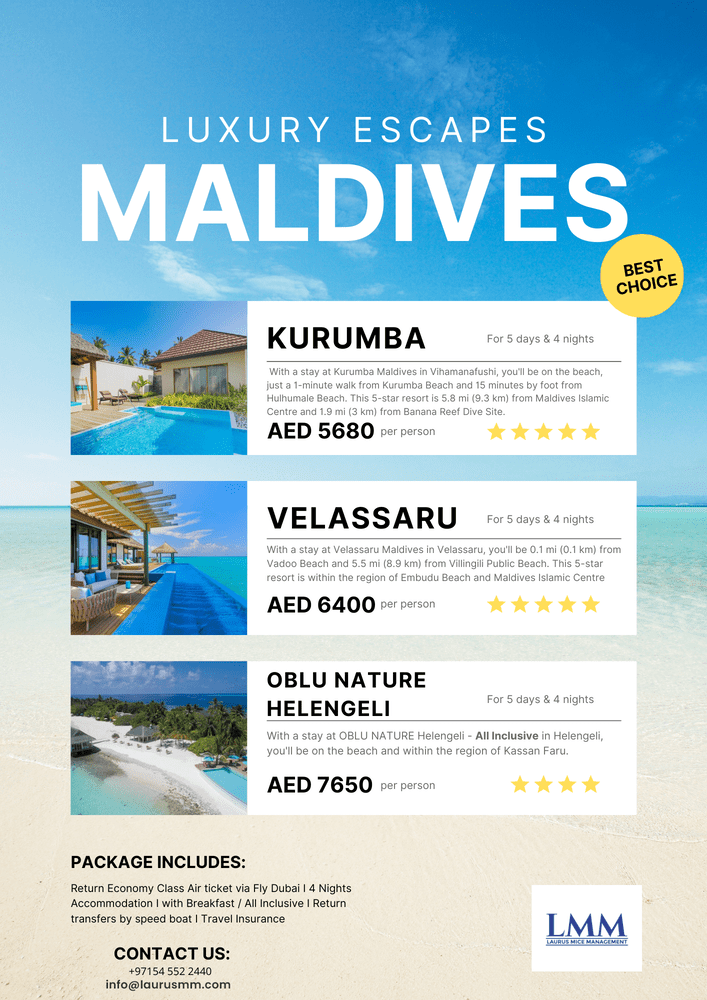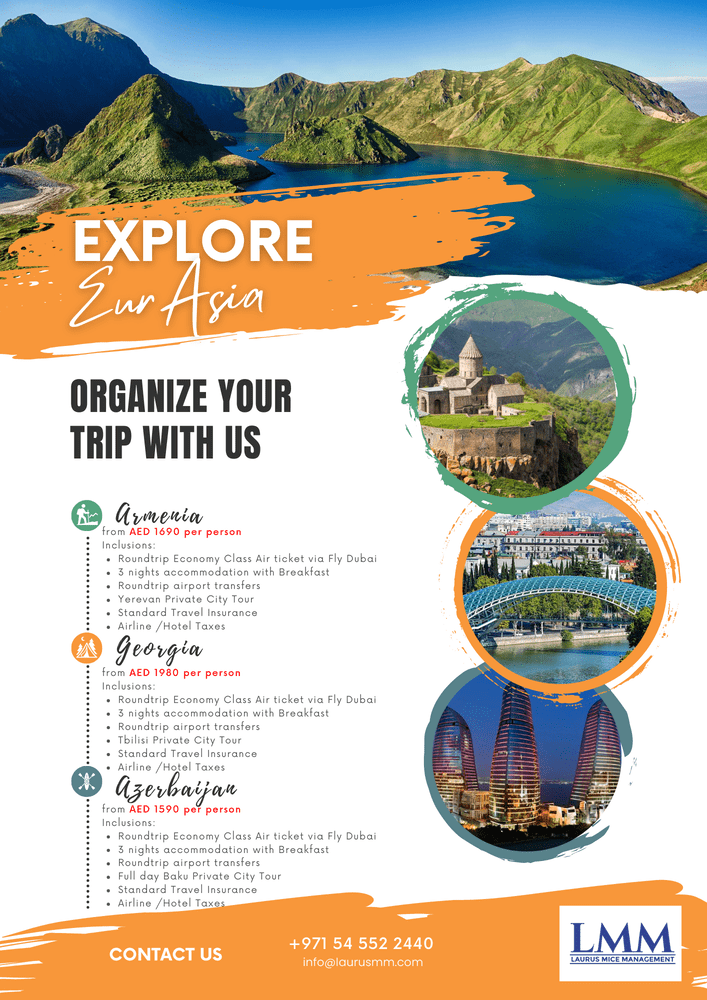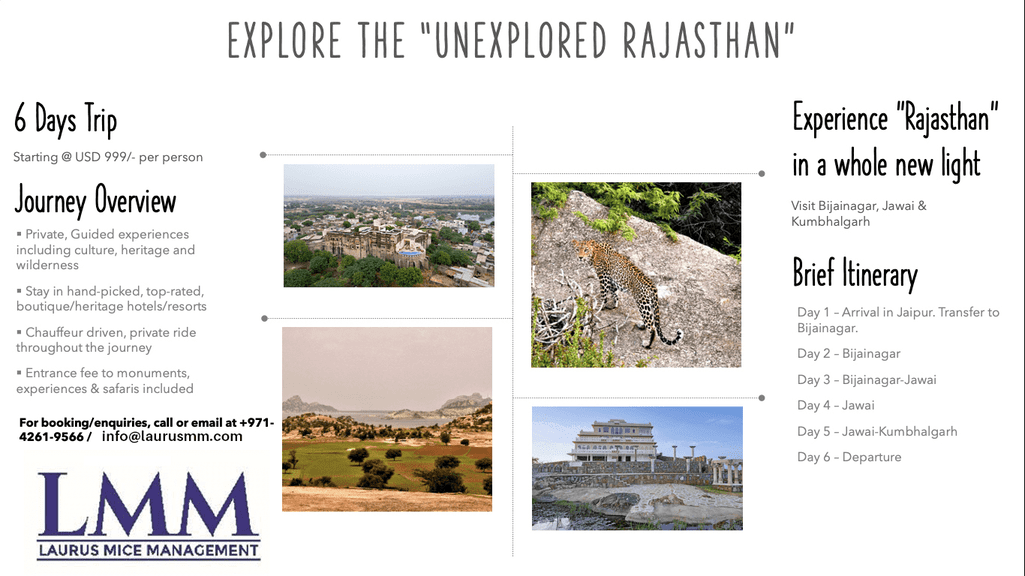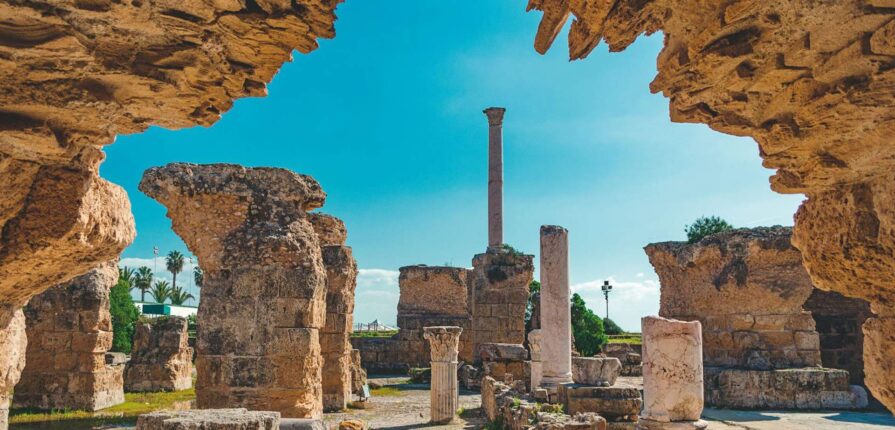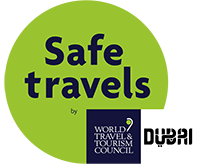Make your next holiday an educational one at these spots that will inform and fascinate travelers of all ages
1. Al Ain for Bronze Age buildings
The 5,000-year-old Jebel Hafeet Tombs (abudhabiculture.ae) are beehive-shaped resting places that mark the start of the Bronze Age in the UAE, and evidence suggests they were reused later on in the Iron Age. Excavated in 1959 by Danish archaeologists, the presence of ceramic vessels and copper artifacts made it clear that maritime trade was important across the Arabian Gulf long before dhows began puttering up and down Dubai Creek. A two-hour drive from Abu Dhabi city, at the base of towering Jebel Hafeet, the necropolis comprises numerous tombs, each rising three to four meters in height. Make your way there in the late afternoon to catch a great sunset along with wide vistas.
Kids will love squeezing in through the tombs’ narrow entrances to explore the structures, all the while playing anthropologist looking out for millennia-old beads, ceramics, and spearheads.
2. Bahrain for ancient civilizations
Dilmun was an ancient Arabian civilization founded in the late fourth millennium BC, and one of the best places to see remnants is at its one-time capital, the UNESCO Heritage Site Qal’ at al-Bahrain. But that’s just the beginning of this tale – a manmade mound created from layers of successive human habitation – just beyond the skyscrapers of Manama city. Continuously occupied for around 4,500 years, a visit to this site and museum tells the story of civilian residents and military and religious buildings, as well as of more international inhabitants including the Greeks, Persians, and Portuguese.
Kids will love checking out the madrasa, a structure used to produce date syrup that takes up an entire room of the fort. Clever lighting from beneath the rows of “dates” adds a magical touch to what’s thought to be the oldest contraption of its kind in the world.
3. Dubai for galactic exploration
Launched in 2017 inside Mushrif Park, Al Thuraya Astronomy Center (00971-4-221 6603, althurayaastronomycenter.ae) is the UAE’s largest public observatory. In addition to training programs that provide first-hand astronomy experience, Fridays feature planetarium shows, documentaries and science-fiction films at the Astro Cinema. A library, café, astronomy shop, and 100-seat digital theatre are complemented by robotics labs, which aim to help prepare and inspire young people when it comes to scientific jobs that may be essential in the not-so-distant future. On the horizon: a five-star astronomy resort and more observatories to open across the nation in the coming years.
Kids will love the night-time observations via a highly advanced telescope that leads guests for a spot of “astro-tourism” through the Milky Way and beyond.

4. Egypt for prehistoric whale bones (and more)
This whole country is essentially a historic educational site, but if you want to leave the well-trod tourist trail, head about 100km south-west of Cairo to the Faiyum region. There’s plenty to see, and you’ll want to set aside a long day to make it around the various sites, each of which is a one- to two-hour drive from the other. Starting at the Faiyum Oasis, you can explore Qasr Qaroun, a well-preserved Ptolemaic temple dedicated to the crocodile-headed-god Sobek, and the ruins of the Greco-Roman town Dionysias. Moving south to Wadi El Rayan you’ll find a nature reserve dotted with waterfalls and two man-made lakes. From there, head west to Wadi Al-Hitan –“whale valley” – where you’ll be left awestruck by the enormous skeletons of the extinct archaeoceti whale.
Kids will love sandboarding down to Magic Lake, near Wadi El Rayan, where they can watch the water change color through the day as it reflects the sunlight.

5. Jordan for natural wonders
Everyone knows the fabulous site of Petra, but many visitors to Jordan miss out on the impressive Dana Biosphere Reserve (visitjordan.com). A two-hour drive south of Amman, this wildly diverse area comprises four different bio-geographical zones: Mediterranean, Irano-Turanian, Saharo-Arabian and Sudanian. Of its 449 animal special, 25 are endangered (such as the sand cat and Syrian wolf), so there’s the chance of some truly rare sightings while hiking one of the many trails. Whether it’s sand dunes, mountain tops or brush forests you prefer, there’s plenty to observe, including in Dana Village, which has been occupied since the Palaeolithic age with some families still living in traditional stone houses.Kids will love hiking alongside a local Bedouin guide to an outcrop, from where the brilliant sunset can be enjoyed against a backdrop of distant mountains with a cup of fresh mint tea (ecohotels.me/feynan).

6. Kuwait for a mass of museums
One of the most modern entries on this list, the Sheikh Abdullah Al Salem Cultural Centre (entry from AED 36; 00965-2206 6444, ascckw.com) was established in 2017 as an educational space that includes a natural history museum, a fine arts centre, a theatre, a science and technology museum, outdoor exhibits as well as cafés and restaurants. With 22 galleries and 1,100 exhibits, there’s plenty for all ages, ranging from an indoor rainforest and daily workshops for kids to a special series of cultural and recreational activities for those over the age of 50 (through May 22).
Kids will love the Marker Space where they can try their hand at digital fabrication, working with 3D printing, laser cutting and robot programming to build items they can take home.
7. Lebanon for the ancient Roman Empire
Known for its Roman architecture, the ancient Phoenician city of Baalbeck, about a two-hour drive inland from Beirut, is where you’ll find some of the region’s best-preserved ruins. The expansive acropolis includes temples to Jupiter, Venus and Bacchus, all of which have been built to a colossal scale. Crane your neck to look up at 20m-tall Corinthian columns, imagining what it must have been like to stand in this “great court” 2,000 years ago alongside thousands of pilgrims who travelled from the farthest corners of the Empire to worship in the monumental setting.
Kids will love visiting during the Baalbeck International Festival (baalbeck.org.lb), when the ruins come alive once more with travellers and performers playing right inside the temple complex.

8. Morocco for traditional arts and crafts
In northern Morocco, a little south of the Strait of Gibraltar, Tétouan was the capital of the Spanish protectorate of Morocco from 1913 to 1956. You can still see Spanish influences (as well as hints of Roman and Phoenician presence) as you explore: find it in the settlements built within the medina walls and the circular layout based around a plaza, which mirrors those in Spanish cities. A centre for craftsmanship, it’s a member of the UNESCO Creative Cities Network, and in the old medina you can still see artisans creating zellige tiles, pottery, leatherwork, embroidery and silver inlay.
Kids will love visiting artisan workshops and the Dar Senaa school where children are apprenticed to masters – and then taking part in community art classes themselves (00212-5-3970 1529, greenolivearts.com).

9. Oman for a bit of time travel
Less than a two-hour drive from Muscat into the mountains, near the Sultanate’s erstwhile capital of Nizwa, lies Harat al-Bilad (omantourism.gov.om). Dating back to the fifth Islamic century, it’s like stepping back in time as you walk through the restored neighbourhood and past some 300 timeworn houses, nearly 250 wells and mosques decorated with gypsum mihrab patterns and engraved with holy verses. With a small souk and traditional workshops that include flour mills and sugarcane-processing units, it’s a remarkable peek into what life was like centuries ago on the Arabian Peninsula.
Kids will love exploring the narrow, labyrinthine lanes between the houses that make up Oman’s oldest traditional settlement, nosing around the residences and clambering up steps to rooftops to survey the ancient neighbourhood.
10. Saudi Arabia for the “new Petra”
As the Kingdom opens up to tourists, Al Ula should rank high on your must-visit list. Also encompassing the 2,000-year-old archaeological site Madain Saleh, KSA’s first UNESCO site, Al Ula is a dramatic valley surrounded by limestone mountains and formations (fly there from Riyadh or Jeddah). Not dissimilar to Petra – sans the crowds – hundreds of Nabatean tombs have been carved into cliff-sides and enormous island-like rocks burst up from the desert floor. Around 20km from the UNESCO site, Al Ula’s old town is filled with as many as 1,000 mud-brick and stone houses that were first inhabited eight centuries ago and abandoned only recently, offering a fascinating look at traditional Arabian village life.
Kids will love the Winter at Tantora festival (winterattantora.com), named for the old town’s sundial, during which the town comes alive once more with arts and crafts, food trucks, installations and live performances.

11. Sharjah for the amateur archaeologist
Home to Fossil Rock, there’s more to Mleiha (00971-50-210 3780, discovermleiha.ae) than dune-bashing. With its mix of history, nature, culture and ongoing excavations that are always peeling back layers of the past to reveal something new, this is an easy-to-reach destination worthy of repeat visits for UAE residents. Start at the Archaeological Centre (where you can also refuel at the café), which introduces you to the surrounding prehistoric sites through artefacts and exhibits. Look out for local wildlife such as gazelles as you explore the area, which includes dunes, caves and wadis, by 4×4, horseback, cycling or simply on foot.
Kids will love creating their own “Mleiha Time Machine” itinerary, which can include fossil hunts, cave-painting and the opportunity to “cook” a comet at a night-time space camp.
12. Tunisia for walking in the footsteps of Hannibal and Caesar
Now ruins in the suburbs of Tunis, Hannibal’s Carthage was once the richest city in the world. Most of the great military strategist’s city, dating back to the third-century BC, was destroyed by the Romans then rebuilt by Julius Caesar, but there still remains a well-preserved residential quarter from Hannibal’s Punic era. The well-planned streets, subterranean cisterns and residential structures can still be discerned. Dive further into the centuries-old history at the Carthage Museum (entry AED 11; 00216-71-7190 9264, patrimoinedetunisie.tn), where you can peruse its collection of Phoenician-Punic, Roman-African and Arab-Moslem artefacts.
Kids will love scampering in the shadows of once-grand buildings, discovering illustrative mosaics and limestone “cannonballs” used to protect the port city.
Plus one to watch: Fit for a pharaoh
Egypt’s sprawling new museum is set to recapture your imagination in 2020 Years – though you could actually say millennia – in the making, the Grand Egyptian Museum (gem.gov.eg) is putting on the final touches to open in 2020. Once open, the AED 3.67bn project will be the world’s largest museum dedicated to a single civilisation, with access to a treasure trove of Egypt’s most precious artefacts – think the monumental Ramses II sculpture and tens of thousands other such pieces, housed in a structure with sweeping views of the Giza pyramids from its glass-walled front. The high-tech facility also includes specialised labs to help conserve the relics, such as a pair of King Tutankhamun’s embellished sandals that were previously considered beyond salvaging. They’ll be on view along with some 50,000 more of the young king’s artefacts later this year during a soft-opening exhibition at the museum.



